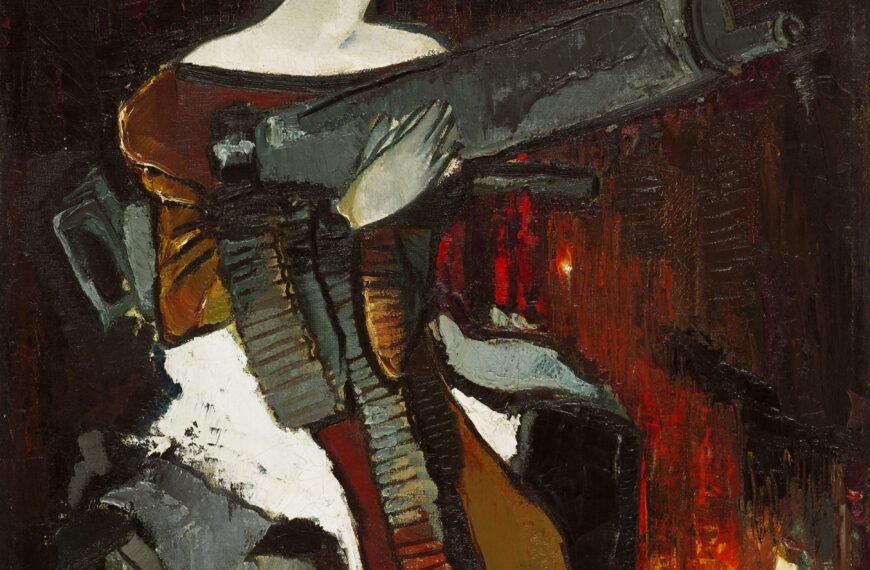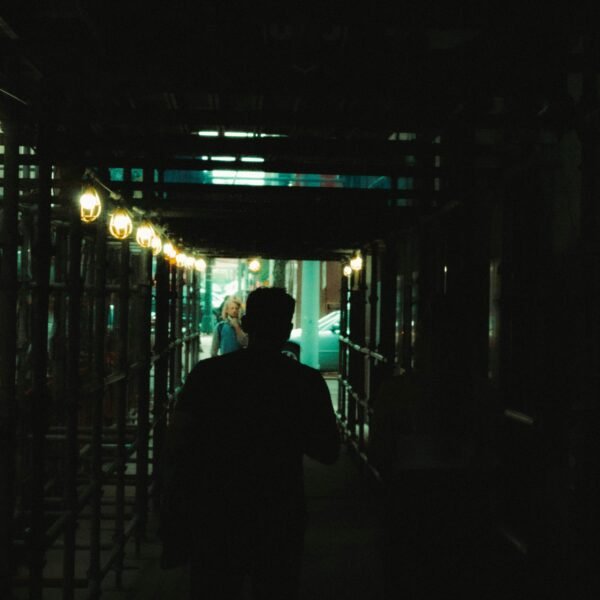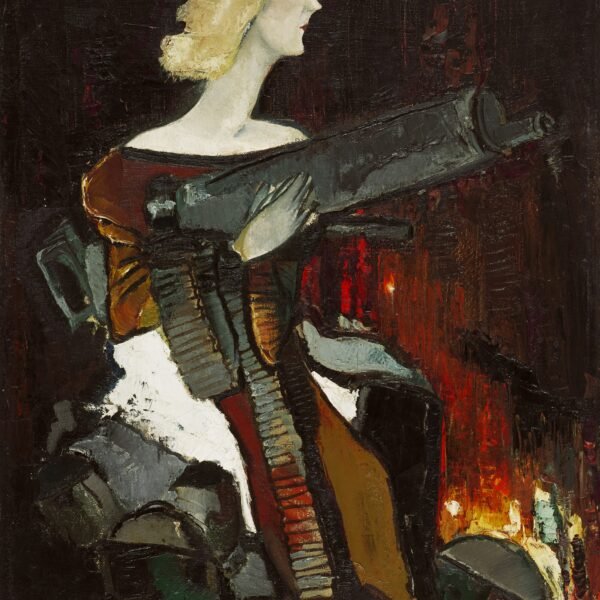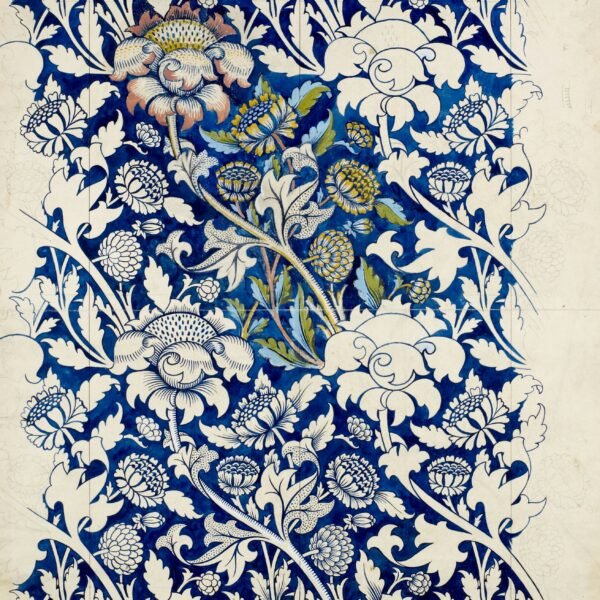Art Conservation: The Story Behind the Cup Restoration
In recent news, a fascinating story of art conservation has emerged surrounding two classical Greek drinking cups. These cups, known as kylix cups, were reconstructed from fragments discovered at the Metropolitan Museum of Art. The process of identifying these ancient pieces and piecing them back together is a remarkable testament to the skill of art conservators. Let’s dive into the intricate details of how these twin marvels came to light.
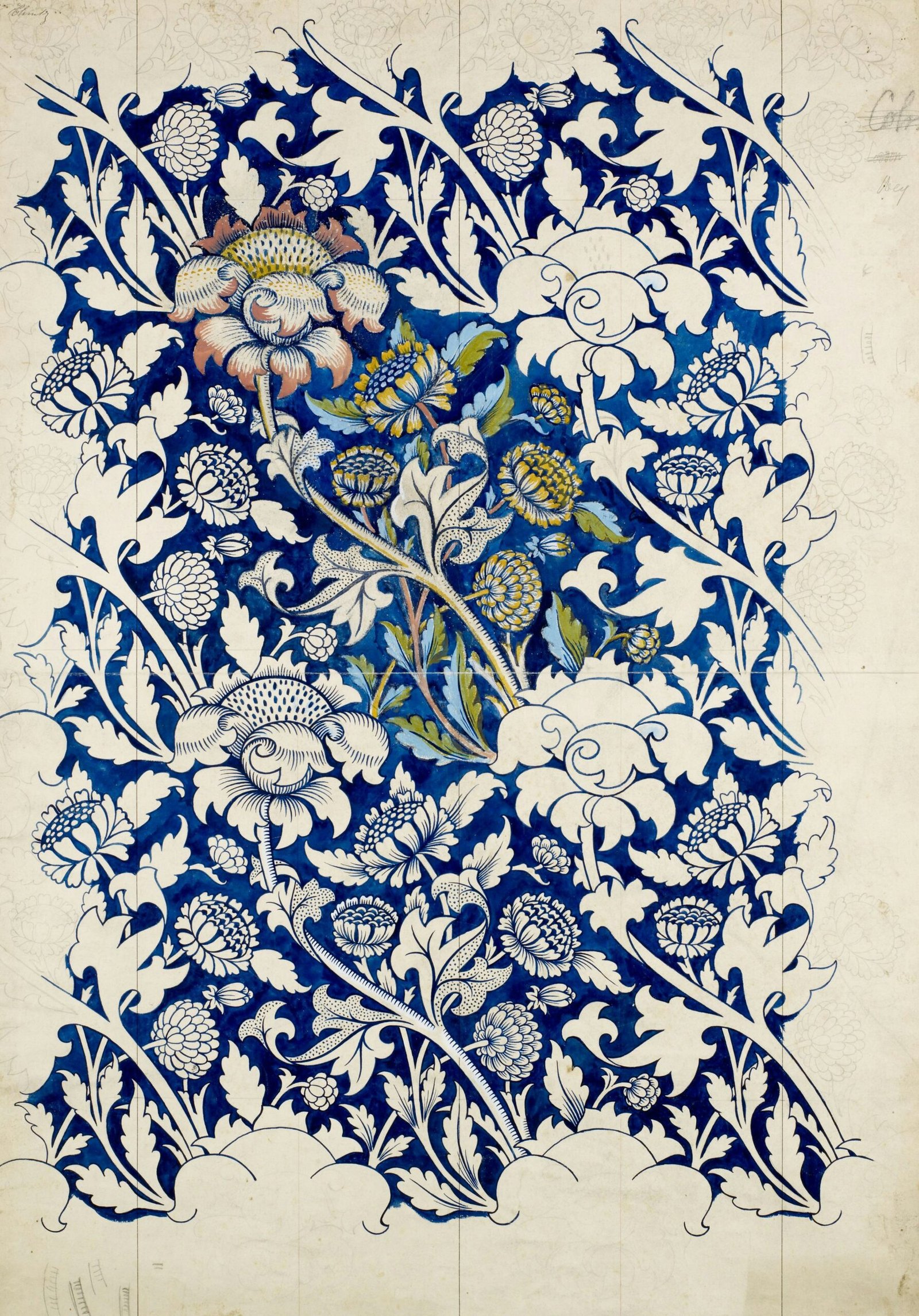
The Discovery of the Cups
The journey of these cups began in 1978 when fragments of the vessels started arriving at the Met in various small batches. Over the course of 15 years, experts at the museum carefully curated, identified, and stored these pieces, unaware of the controversial origins that would later come to light.
The Reconstruction Process
Art conservators at the Metropolitan Museum of Art embarked on a challenging task of identifying the fragments and reconstructing these ancient Greek cups. Piece by piece, the shards were meticulously arranged and glued together to bring these vessels back to life. This painstaking process highlighted the dedication and expertise of the conservation team.

The Unveiling of Looting Allegations
Surprisingly, a twist emerged in the narrative of these restored cups. Investigation revealed that a significant number of the fragments had questionable provenance. It was discovered that three individuals who had played a role in donating or selling these pieces to the museum were involved in the sale of looted antiquities. This revelation cast a shadow over the authenticity and legality of the reconstructed cups.
The Return to Italy: Addressing the Looting Claims
One of the twin cups was seized by Manhattan district attorney’s office after being valued at $1.2 million and identified as a looted artifact. Subsequently, it was returned to Italy in 2022. Following this incident, the Metropolitan Museum of Art quietly returned the second cup last year, acknowledging its questionable origins. This act marked a significant step in addressing the looting claims surrounding these ancient artifacts.
The Impact on Art Conservation
The discovery and subsequent return of the twin cups shed light on the challenges and ethical considerations in art conservation. It raised important questions about provenance, ownership, and the responsibilities of institutions in preserving and displaying cultural heritage. This incident serves as a cautionary tale for museums and collectors worldwide, emphasizing the importance of due diligence in acquiring artworks.
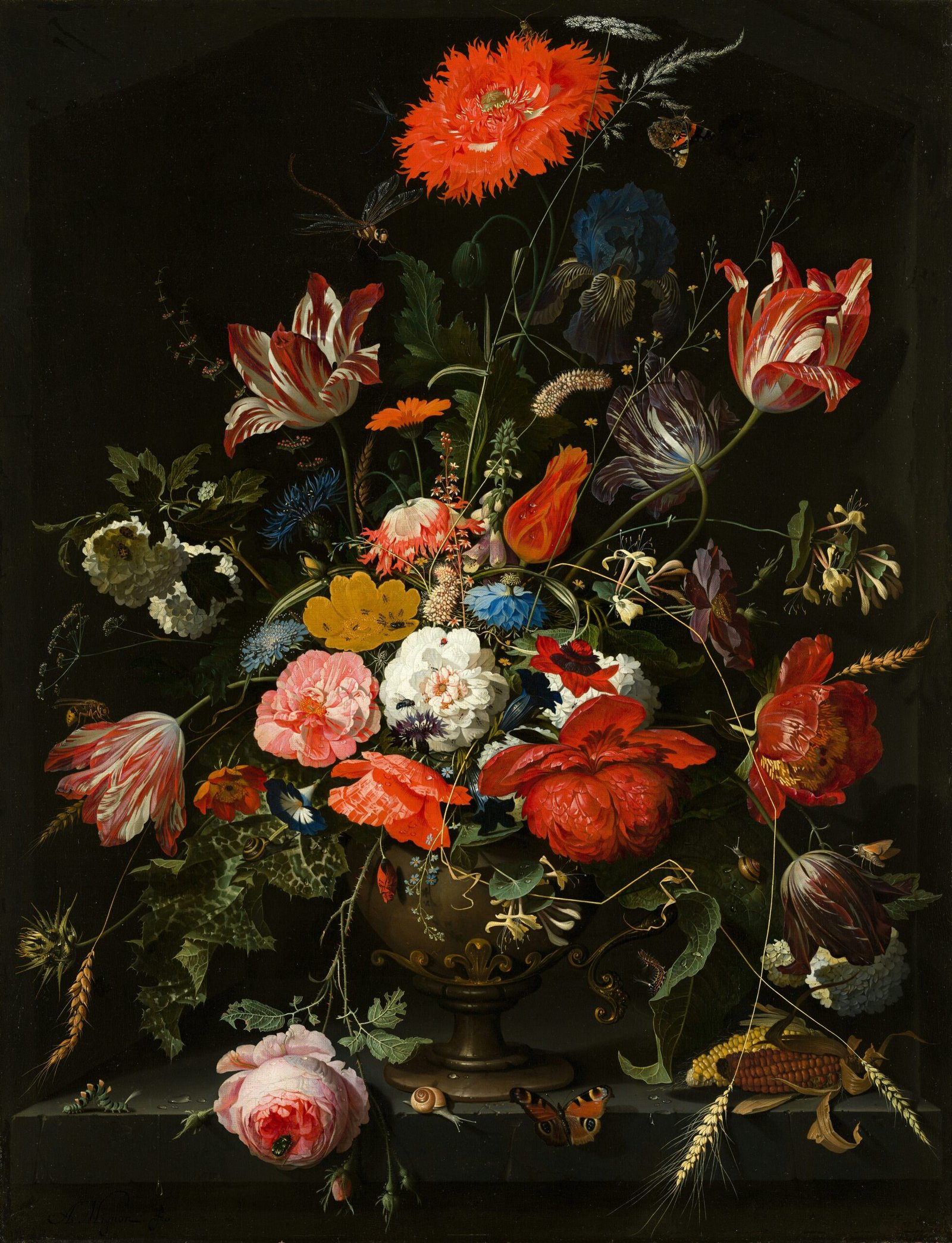
The Role of Institutions in Preventing Illicit Trade
In light of these events, institutions like the Metropolitan Museum of Art play a crucial role in preventing illicit trade of cultural artifacts. By conducting thorough provenance research, collaborating with law enforcement agencies, and adhering to ethical guidelines, museums can contribute to the protection of art and cultural heritage. Upholding transparency and accountability is essential in safeguarding the integrity of the art world.
The Future of Art Conservation and Ethical Practices
As the art world navigates issues of provenance, restitution, and ethical practices, the story of the twin cups serves as a poignant reminder of the complexities involved in preserving cultural heritage. Moving forward, a collective effort from institutions, governments, and the public is necessary to address the challenges of looted artworks and ensure the protection of our shared history.
Conclusion
In conclusion, the tale of the twin cups at the Metropolitan Museum of Art illuminates the intricate intersection of art conservation, provenance, and ethics. While the restoration process showcased the skill and dedication of conservators, the revelation of looting allegations raised important questions about the antiquities trade. By acknowledging the questionable origins of these artifacts and taking steps to address the looting claims, institutions can contribute to a more transparent and responsible art world. Ultimately, the story of these twin marvels serves as a valuable lesson in the ongoing dialogue surrounding art conservation and preservation of cultural heritage.



